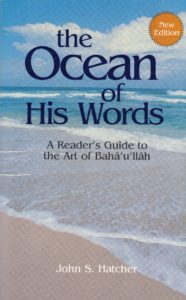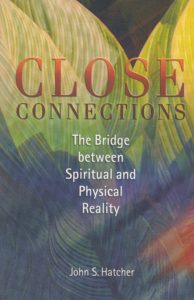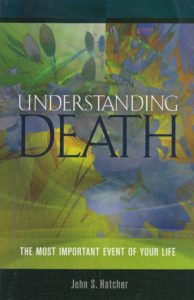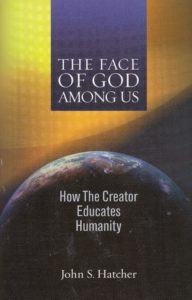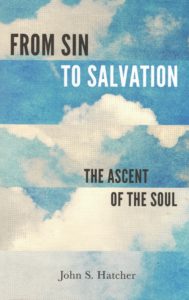Though my interest in the probing the rationale for a physical creation was responsible for bringing forth one sequence of books, there were other specific questions arose over time to which I also deigned to discover answers in the authoritative Bahá’í texts. These were also undertaken not so much to demonstrate my prowess as scholar or writer, but rather to enjoy basking in the knowledge that lay only slightly concealed within the limitless ocean of the revealed works of Bahá’u’lláh, as well as in the other authoritative texts of ‘Abdu’l-Bahá, Shoghi Effendi as Guardian, and the unerring guidance of the Universal House of Justice.
As I have said often—because I think it merits repeating—I have undertaking these tasks with the joy of asking whatever questions I did not feel I could readily understand without systematic study. Another benefit from this study was the gradual acquisition of the ability to explain logically to others (whether in conversations or in writing) the answers to questions which thought were fundamental and of common interest and concern.
This study and the publication of books that resulted from this process of inquiry has thus produced a twofold bounty for me—the joy of studying the Bahá’í texts and gleaning from them answers to some of the most important questions I could think to pose, and then sharing what I had discovered with others who would from time to time provide me valuable feedback about their own insights, not to mention those animated conversations that would occur when I would present courses at Bahá’í schools where I would glean further understanding concerning these crucial questions.
What follows, then, is not a narrative of a single sequence of thought, but rather a precis for each of the works in which I posed a question and discovered to my delight what I felt to be logical and satisfying answers derived from the Bahá’í writings. And while I hardly expect my own accounts of those answers to be complete or equally satisfying to all who might read my works, I do always like to note that I try to substantiate anything I conclude by citing passages that seem to vindicate my conclusions. And if I have accomplished nothing else in these ventures into various subjects, I have provided readers with a panoply of passages related to the subject or question at hand.
Click Book Title or Thumbnail for additional information.

